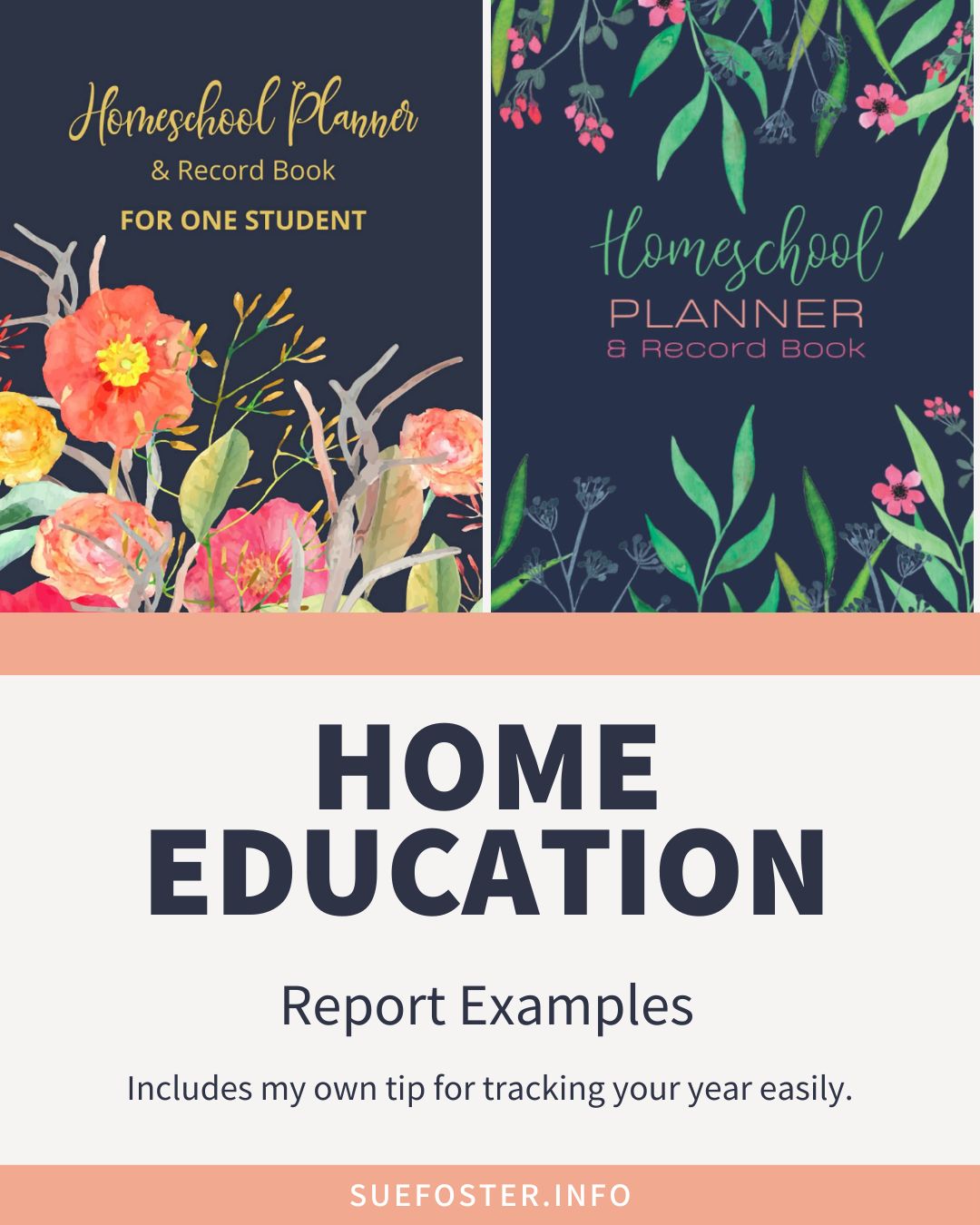When you choose to home educate, one of the first questions that often comes up is about reports for the local authority. It can sound official and intimidating, but in reality, it’s usually straightforward once you know what they expect.
This post explains what local authorities look for in annual reports, what “full-time education” means at home, and when you can stop submitting reports once your child reaches school-leaving age.
Why Local Authorities Ask for Reports
Local authorities have a duty to make sure that all children of compulsory school age are receiving a suitable education, whether that’s at school or at home. To do that, they’ll normally get in touch once a year to check in and ask for some information about your home education provision.
You’re not legally required to send a written report, but many parents choose to. It’s the easiest way to satisfy the local authority’s enquiries without the need for home visits or long exchanges of emails.
How often you’ll be contacted depends on your local area, but once a year is common. The report simply needs to show that your child is being educated in a way that suits their age, ability, and needs.
What to Include in a Home Education Report
The purpose of a report is to show that your child is receiving a broad, suitable education and making progress. It doesn’t have to be long or formal, but it should give a clear picture of what learning looks like in your home.
You could include an introduction that starts with your child’s name, age, and a brief description of your home education approach. Mention any changes in your circumstances or your child’s interests over the past year.
Then describe what your child has covered in core areas like English, maths, science, and creative subjects. You can talk about projects, themes, or everyday learning that tie into these subjects.
Explain how learning happens in your household. This might include online lessons, books, educational outings, practical activities, or group sessions with other home educators.
Share how your child has developed over the year. This can include what they can do now that they couldn’t before, completed projects, or personal achievements. You don’t need to provide samples of work unless you want to.
You can also mention personal development, how your child has grown in confidence, social skills, independence, or creativity.
There’s no set format. The best reports are personal and honest, written in your own words. You don’t need to mimic a school report; it just needs to show that your child is learning and thriving, and you don’t need to mention any future plans.
How Many Hours Count as “Full-Time” Home Education
There’s no legal requirement to educate for a specific number of hours each week. The law only says that home education must be full-time, suitable to the child’s age and ability, and efficient.
Many local authorities use the school timetable as a rough comparison, which might suggest around 25 hours a week. But in home education, learning happens more efficiently. There’s no lining up, waiting for lessons to start, or long transitions between activities.
In practice, most families find that 15 to 25 hours of focused learning spread through the week works well. What matters most is regular engagement; your child is consistently learning, developing skills, and exploring the world around them in a meaningful way.
The learning doesn’t have to take place between 9 and 3, or even at a desk. It might be through projects, reading, practical work, or life experiences. The flexibility is one of the main advantages of home education.
When You Can Stop Writing Reports
A child remains of compulsory school age until the last Friday in June of the school year in which they turn sixteen. After that point, you’re no longer required to provide a home education report to the local authority.
Even though young people are expected to continue in some form of education, training, or employment until they’re eighteen, this doesn’t fall under the same home education duties. You can still choose to support your child’s learning beyond sixteen, but it becomes a family decision, not something overseen by the local authority.
The only exception is if your child has an Education, Health and Care Plan (EHCP). In that case, the local authority will continue to review the plan each year, even if your child is no longer of compulsory school age.
Example Reports
Here are a few sample formats you could adapt when writing your own home education report.
Example 1: Narrative Style
Charlie is 9 and enjoys learning through practical projects. Over the past year we’ve focused on building literacy skills through creative writing and reading together daily. Charlie completed a short story booklet and now writes independently most mornings. Maths is taught through games, cooking, and measuring projects. We also use online worksheets when needed. Science has focused on nature, seasons, and basic experiments around water and plants. Charlie has attended local forest school sessions once a week and has become more confident working with others.
Example 2: Structured Style
Child’s name: Ella
Age: 12
Overview:
Ella has shown great progress in the past year, particularly in independent learning and confidence.
Subjects and learning:
English – Weekly writing prompts, spelling practice, and reading aloud.
Maths – Practical maths through cooking, budgeting, and online exercises.
Science – Simple experiments, nature walks, and documentaries.
Art and music – Drawing, digital art, and keyboard practice.
Physical education – Daily walks and dance sessions at home.
Social and personal development:
Ella attends a local home ed group fortnightly and enjoys presenting her projects to peers.
Example 3: Minimal Style
Jamie, aged 7, learns through a mix of child-led and guided activities. Reading and phonics are covered daily using online resources and storybooks. Maths is hands-on, often through games and building activities. We’ve spent time outdoors studying seasons and local wildlife. Jamie enjoys creative play and making things, and we plan to continue encouraging curiosity through practical learning next year.
A report doesn’t need to be lengthy or formal, just a clear reflection of your child’s progress and experiences. You may also want to add the resources you use. Once you’ve done it once, it becomes much easier to update each year.
Tip: Pin the email of the report you sent and the reply from the LA in your email box, so that you have the information ready for next year.
A Note of Encouragement
Writing your first home education report can feel like a big task, but it’s simply a snapshot of what your child has been doing. Keep it honest, positive, and in your own words. The aim isn’t perfection, it’s to show that your child is learning in a way that works for them and that you’re supporting their progress with care and intention.
To make the process easier, I created my own planners to log what we covered over the year. It’s been invaluable when it comes to writing reports because everything’s already noted down.
Planners:
Homeschool Planner And Record Book For One Student
Homeschool Planner & Record Book: Planner and Record Keeper for Home Educating. Undated, Use Any Time of The Year. Colour Interior. Dark Blue, Floral. A black and white version is also available as a budget-friendly option: View it here.
Pin Me!


